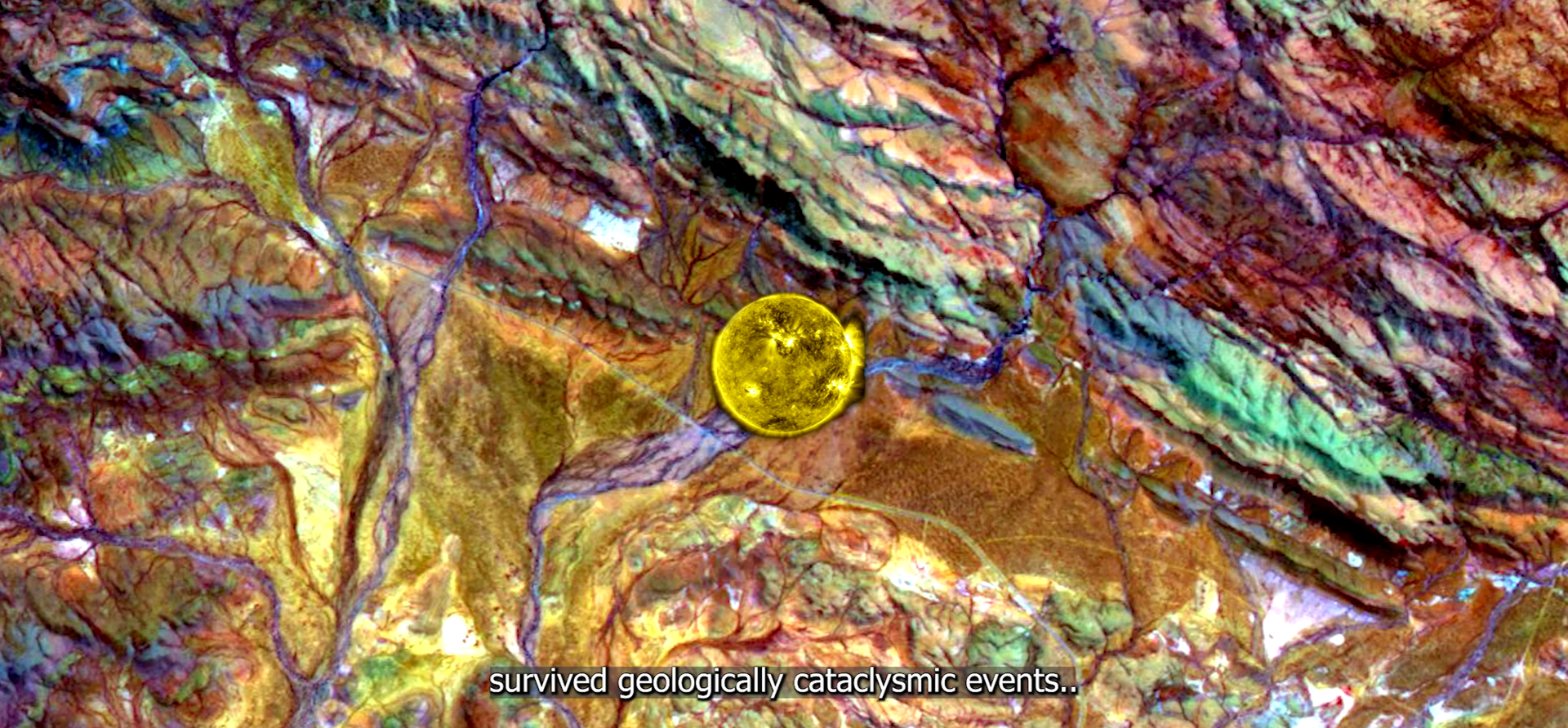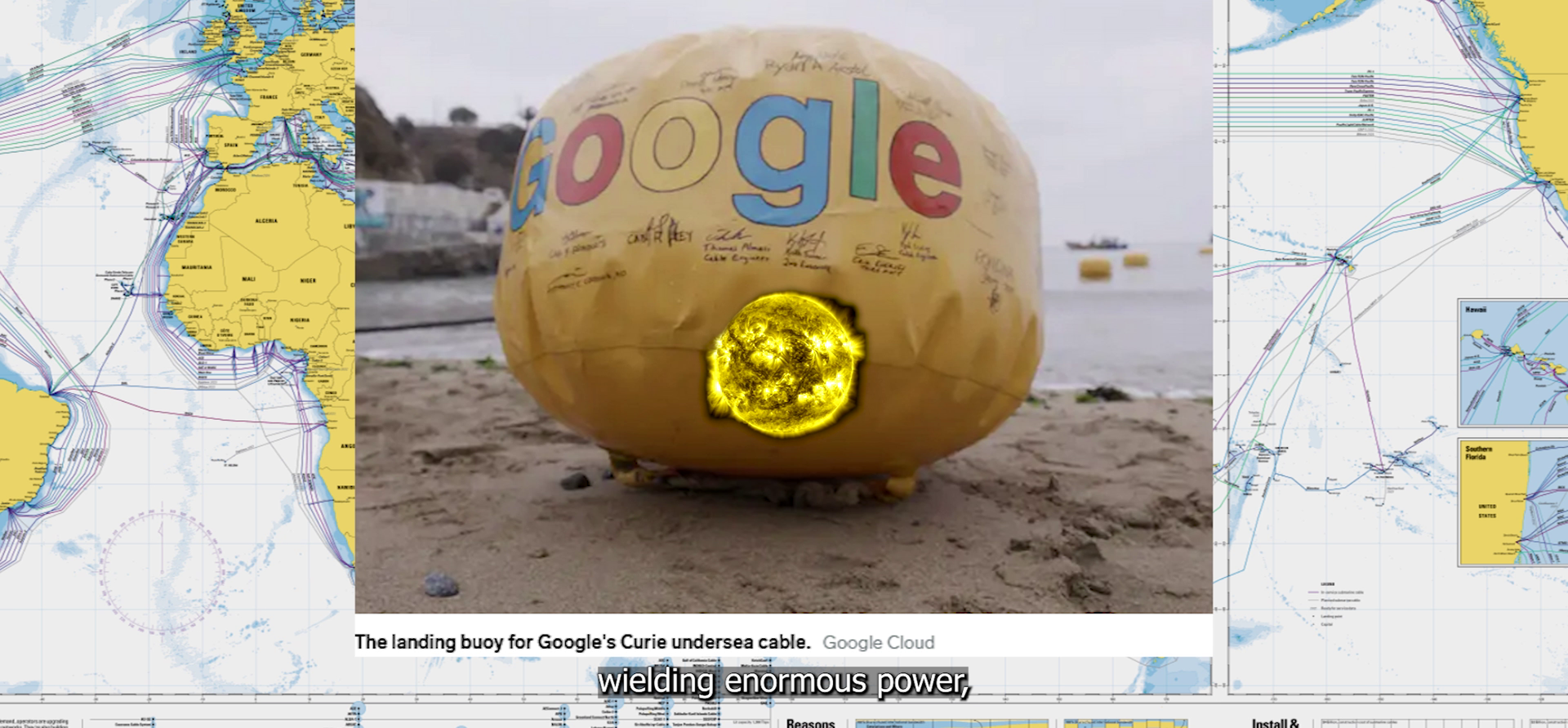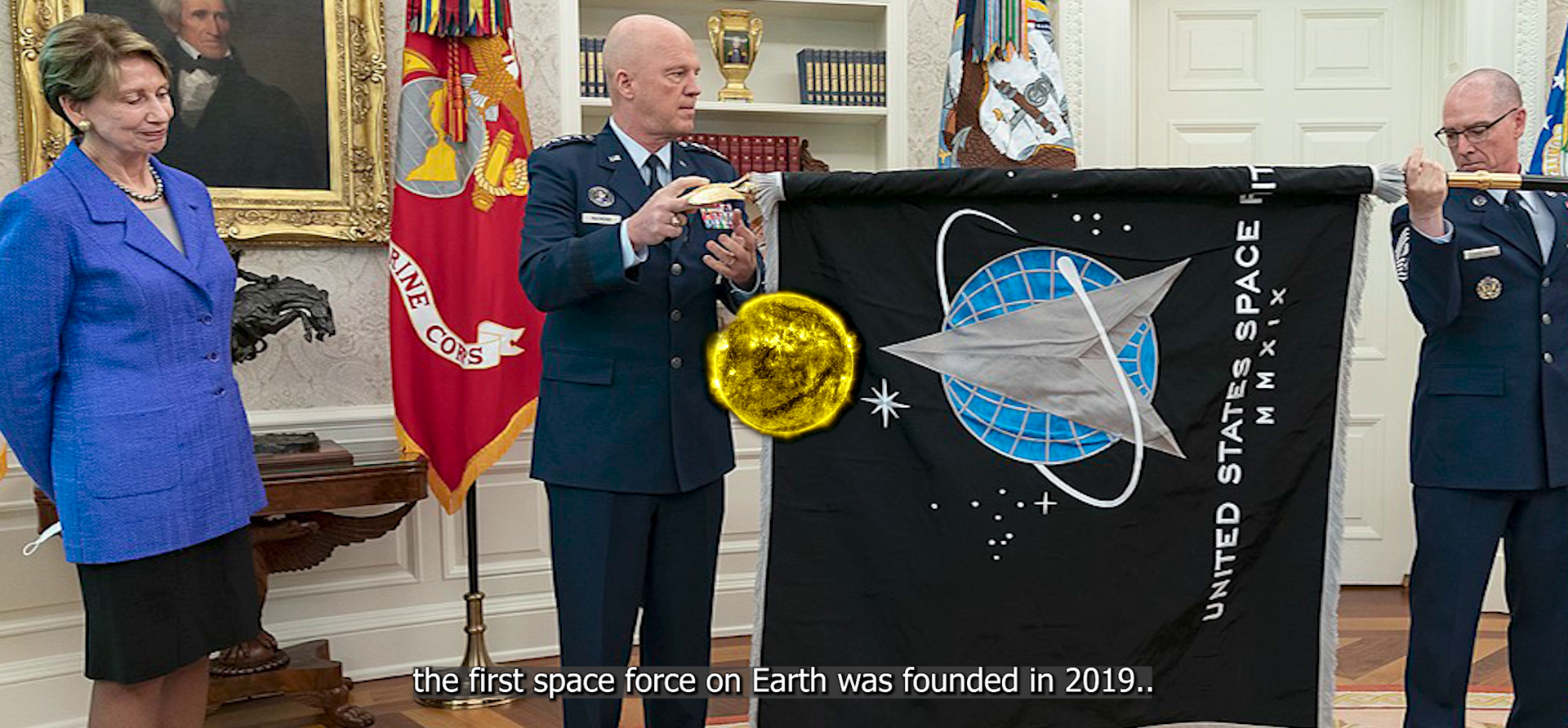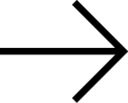Around the same Sun, 2022
00:08:30 ● ORIGINAL TEXT ● VIDEO ● SOUNDSCAPE
In 'The Author of the Acacia Seeds', Ursula Le Guin presents an academic journal on 'Therolinguistics', which studies non-human languages, including those of ants and penguins. The editor speculates that linguists may one day understand the languages of plants and rocks.
Rocks, perhaps the oldest material formations, hold the world's memories. In the video 'Around the same sun (Listen to the stones)', two stones, NWA 7034 and a Pilbara rock, embody fragments of these memories. NWA 7034 is a Martian meteorite, recovered in 2011, that formed 4.5 billion years ago and arrived on Earth after an asteroid impact. In 2022, AI helped scientists pinpoint its origin. The Pilbara rock, from Western Australia, is the oldest rock formation on Earth, consisting of 3.45-billion-year-old fossil stromatolites. This region has been heavily mined but is also home to Aboriginal people deeply connected to the land.
What memories do these rocks carry? They reflect on recent events in terrestrial history, including colonization, technological advancements, and space exploration.
Commissioned by kulturen in bewegung (Austria), The Other Space Foundation (Poland) and Centre for Fine Arts Brussels (BOZAR) for the project Smashing Wor(l)ds: Cultural Practices for re/Imagining & un/Learning Vocabularies.






